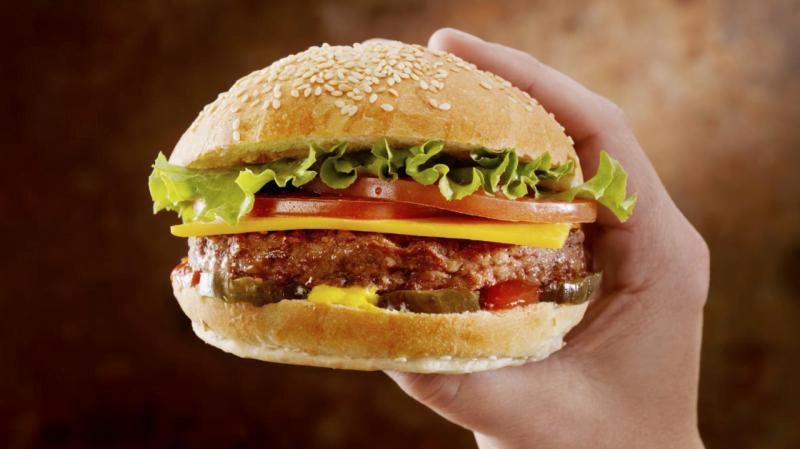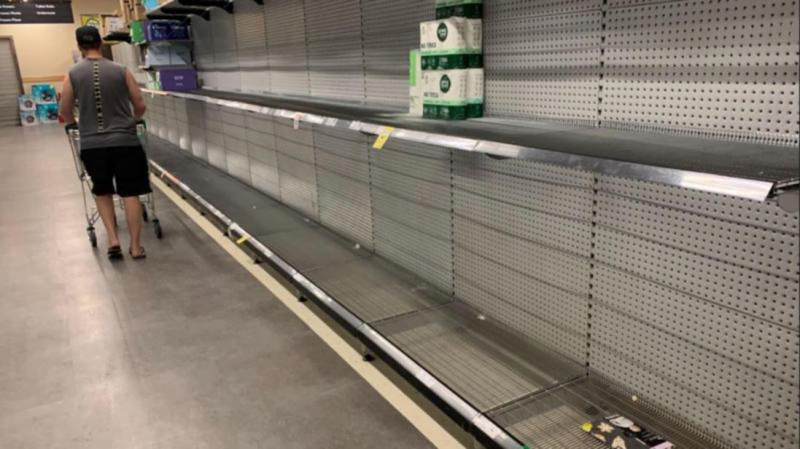Sam Kelly, a farmer and owner of Red Hill, a beef and lamb farm in NSW, has observed a significant drop in the prices he receives for his livestock compared to the stable prices maintained by supermarkets. Despite a recent decrease in lamb prices, Kelly believes this adjustment was overdue. He highlights a stark contrast between the farmgate prices and retail outlets.
Farmers are urging the Australian Competition and Consumer Commission to examine the red meat industry’s operations. This issue has sparked two previous inquiries and a current Senate inquiry led by Greens senator Nick McKim, focusing on grocery prices amid rising living costs.
Supermarkets like Woolworths and Coles, who have reported substantial profits, are under scrutiny for their market power and pricing strategies. The inquiry, which aims to lower food and grocery prices, will examine various aspects, including the rise of home brand products and the use of technology in cost-cutting.
While Coles acknowledges the effort to keep prices affordable amidst rising operational costs, prices have increased modestly in recent months. Coles sources most of its meat directly from producers, claiming market indicators don’t reflect their purchase prices.
Woolworths, on the other hand, defends its profit increase, attributing it to paying higher prices to long-term suppliers and acknowledging the various costs involved in delivering meat to supermarkets.
The National Farmers’ Federation and the Australian Council of Trade Unions are calling for greater transparency in the supply chain to ensure fair pricing and adequate compensation for farmers. The inquiry is also encouraged to investigate the entire supply chain, including the processing of red meat and fresh produce like fruits and vegetables.
Kelly, meanwhile, faces challenges with significantly lower livestock prices and rising operational costs, including insurance. He suggests the supermarkets’ pricing strategies could be seen as price gouging, noting the high margins maintained even before the pandemic, which are attributed to limited competition and consumer willingness to pay for premium products. Analyst Chris Tynan adds that the industry’s margin growth has been aided by both supply chain investments and increasing retail prices more than the amounts paid to suppliers.
For the latest retailer news and information, check out the IndiHub website or to speak to us about how we can help your business contact us.



